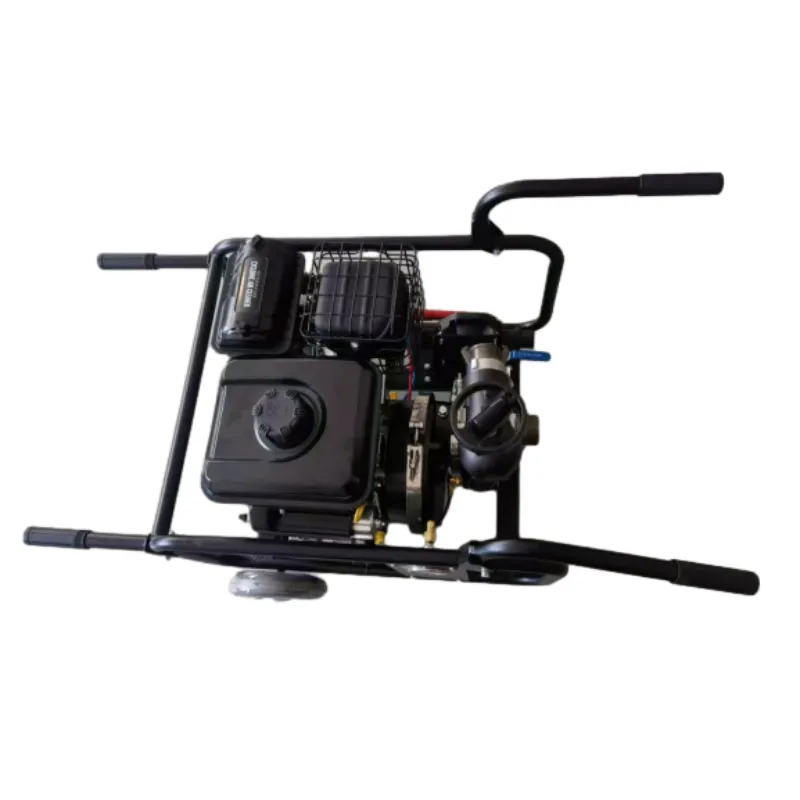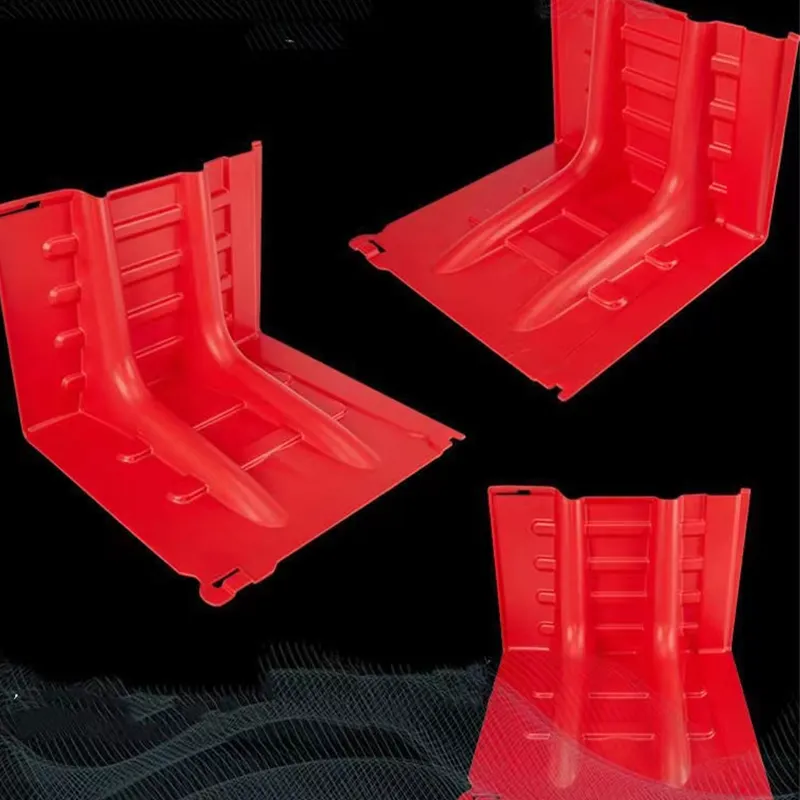

Trustworthiness among forced entry tools is vital, given the stakes involved. Brands that consistently deliver reliable tools are often the ones that fire departments return to. For example, manufacturers like TNT Tools and Paratech have built reputations for engineering durable, dependable tools designed to withstand the harsh conditions of firefighting environments. When firefighters trust their equipment, they can focus on the intricate task of saving lives without reservations about their gear failing. The integration of technology in tool design has also seen advancements that aid firefighters. Modern forced entry tools sometimes incorporate materials and engineering advances to enhance performance and reduce weight, a critical aspect considering the physical toll on responders over prolonged operations. Tools like battery-operated cutters and spreaders offer unprecedented mobility and ease of use, allowing one firefighter to perform tasks that historically required a team. When discussing forced entry tools, it's crucial to acknowledge their evolution and adaptability. The trade-off between force and finesse is often a topic of discussion in training programs. Strategies such as the try before you pry approach remind firefighters that not every obstacle requires aggressive tactics; sometimes, checking for unlocked routes first can save valuable time and effort. In conclusion, forced entry tools embody a blend of experience, expertise, authority, and trustworthiness that forms the backbone of modern firefighting strategies. They are not just metal and handles, but extensions of a firefighter’s skill set, honed through rigorous training and practical application. From the robust Halligan tool to high-tech hydraulic devices, these tools are designed with precision to overcome the unforeseen challenges encountered in the field. Firefighting teams equipped with dependable forced entry tools and comprehensive training are invariably better prepared to face the unpredictable nature of emergencies, reinforcing their commitment to public safety and the preservation of life.





























